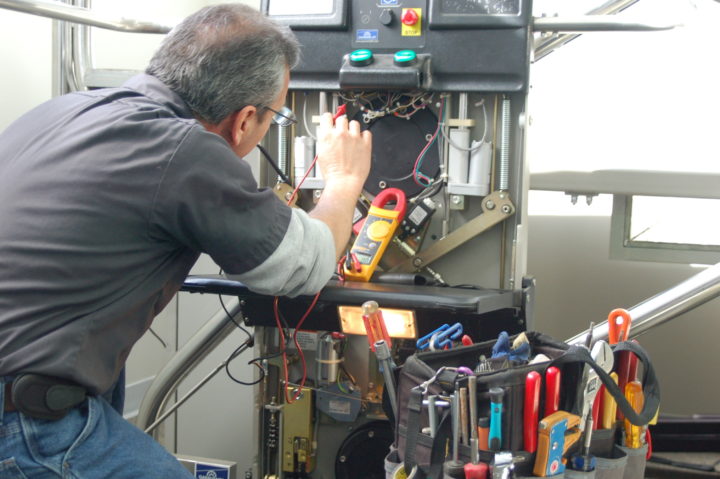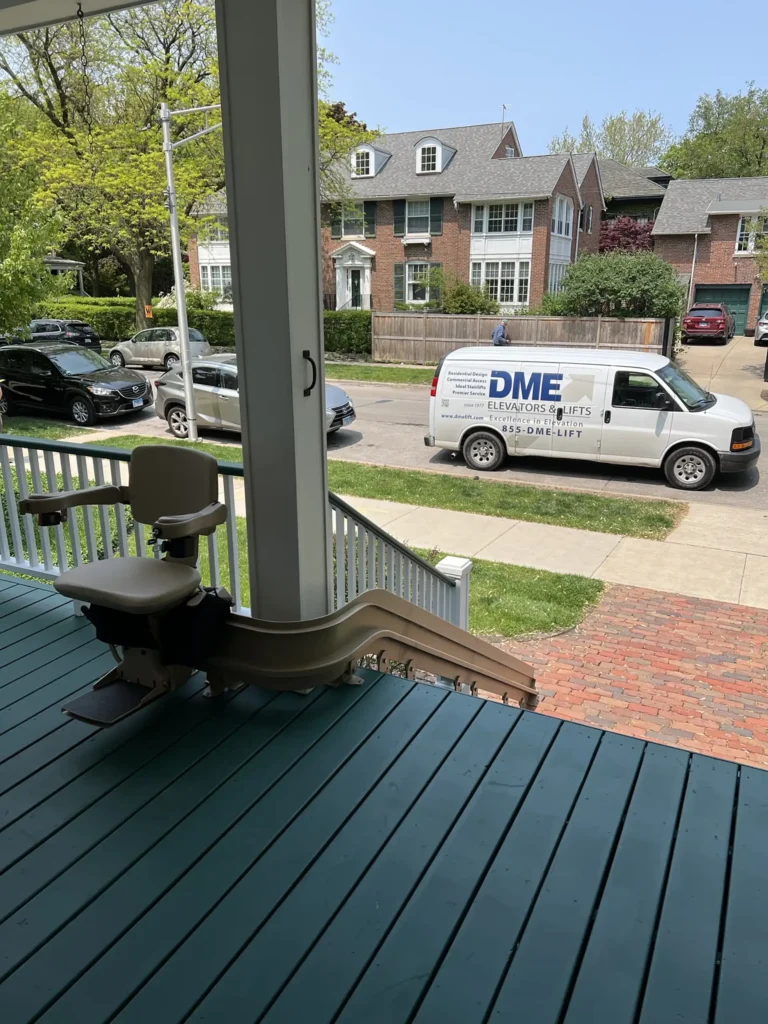Recognizing System Lift Dimensions: Important for Effective Lift Service
Recognizing System Lift Dimensions: Important for Effective Lift Service
Blog Article
Specialist Tips for Ensuring Security During Comprehensive Lift Repair Work Procedures
In the world of comprehensive lift repair work treatments, security stands as a vital problem that demands meticulous focus to information and adherence to developed protocols. The elaborate nature of working with lifts demands a vigilant technique to securing versus possible risks and ensuring the wellness of personnel associated with repair tasks. Amidst the detailed dancing of fixing and keeping lifts, a bad move can have serious consequences, stressing the crucial demand for expert suggestions to navigate these treatments with utmost care and preparedness. As the intricate interplay of machinery and human intervention unfolds, a critical strategy to safety ends up being the cornerstone for successful repair service procedures.
Security Equipment Needs
The security gear needs for lift repair treatments are crucial to make sure the health of maintenance employees. When functioning on lifts, upkeep personnel should adhere to stringent safety protocols by putting on appropriate gear such as tough hats, security goggles, gloves, steel-toed boots, and high-visibility vests.
Security goggles protect the eyes from particles, chemicals, or sparks that might be produced throughout fixing job. By purely sticking to security gear requirements, maintenance workers can reduce dangers and work effectively to preserve and repair lifts.

Equipment Inspection Checklist
To make certain the upkeep personnel's security and the proper functioning of lifts, a comprehensive devices assessment checklist is imperative before commencing any kind of repair work procedures. platform lift dimensions. This list should include a detailed examination of all components such as wires, pulleys, electrical systems, and safety and security mechanisms. It is crucial to examine for any kind of indicators of damage, rust, or damages that may endanger the lift's structural integrity or functional performance
In enhancement to mechanical elements, the evaluation list must include security attributes like emergency brakes, restriction buttons, and overload sensing units. These security mechanisms play an important function in avoiding mishaps and making certain customer protection during lift procedure.
Additionally, validating the calibration of control systems, confirming correct air flow and lighting within the lift shaft, and checking for any kind of obstructions or particles are important action in the inspection procedure. Normal upkeep and adherence to the tools assessment list not only boost security protocols yet likewise prolong the lifespan of the lift system, decreasing the likelihood of pricey fixings or unforeseen failures.
Hazard Recognition Techniques
Making use of systematic analysis techniques, danger identification techniques are utilized to identify possible risks within lift repair service procedures. These methods entail a comprehensive analysis of the repair service setting, equipment, and jobs entailed to recognize any risks that can result in injuries or crashes. One usual technique is the Task Safety Evaluation (JSA), where each step of the repair work procedure is thoroughly evaluated to identify potential hazards and determine the ideal precaution to alleviate them. In Addition, Failure Setting and Impacts Evaluation (FMEA) can be used to expect potential failure points in the repair work treatment and develop safety nets to address them proactively.

Emergency Reaction Readiness
With a concentrate on guaranteeing swift and efficient click for info reaction to unforeseen circumstances, emergency response readiness is a vital element of maintaining safety during lift repair service treatments. Prioritizing emergency readiness involves developing clear communication channels, marking particular roles and obligations, and performing normal drills to test response times and procedures.
Crucial element of emergency situation feedback readiness consist of having easily obtainable emergency treatment kits, fire extinguishers, and emergency situation contact details plainly displayed. It is crucial to educate all workers associated with lift fixing procedures on emergency situation response methods, consisting of exactly how to safely leave the area in case of a fire or other emergencies.
Moreover, creating a detailed emergency reaction plan certain to raise repair work scenarios can aid decrease prospective dangers and make certain a punctual and collaborated feedback in the event of an incident. Regularly evaluating and updating this strategy based upon lessons discovered from past drills or cases is crucial to continually improve safety measures during lift repair service treatments.
Ongoing Safety And Security Training
Continuous education and training in safety and security protocols is a fundamental part of making sure the recurring safety of workers during lift repair procedures. Ongoing safety and security training plays a vital role in maintaining employees educated concerning the most current safety requirements, protocols, and finest practices in the sector (lift repair). By offering regular training sessions, workers can remain updated on prospective threats, risk-free work procedures, and emergency protocols particular to raise repair atmospheres
Normal security training also aids strengthen the significance of complying with safety guidelines and procedures whatsoever times. It infuses a safety-conscious mindset among workers, advertising a society of safety within the office. In addition, recurring training permits employees to refresh their understanding and skills, boosting their readiness to handle any unexpected security obstacles that may develop throughout lift fixing operations.
To ensure the efficiency of continuous safety training, it is necessary to customize the material to the details threats and needs related to lift repair service procedures - lift repair. Employers must regularly examine training requirements, offer possibilities for hands-on technique, This Site and motivate open communication regarding safety and security problems amongst all employees included in lift fixing operations
Final Thought
In conclusion, guaranteeing safety during comprehensive lift repair treatments is crucial for protecting against injuries and crashes. By following safety and security equipment needs, conducting equipment inspections, recognizing threats, getting ready for you can find out more emergency situations, and supplying recurring safety training, employees can minimize dangers and develop a secure work environment. Focusing on precaution and staying alert throughout the fixing process will certainly aid secure both workers and the equipment being serviced.
When working on lifts, upkeep personnel should stick to stringent safety and security protocols by wearing ideal gear such as tough hats, safety goggles, handwear covers, steel-toed boots, and high-visibility vests. One typical method is the Job Safety Evaluation (JSA), where each action of the repair work procedure is meticulously assessed to determine potential hazards and establish the best safety and security measures to mitigate them.Constant education and learning and training in safety methods is a fundamental element of guaranteeing the ongoing safety of workers during lift fixing procedures.Regular safety training also assists reinforce the importance of adhering to safety standards and procedures at all times. By following security gear demands, performing tools examinations, determining risks, preparing for emergencies, and giving continuous safety and security training, workers can reduce dangers and develop a secure work environment.
Report this page